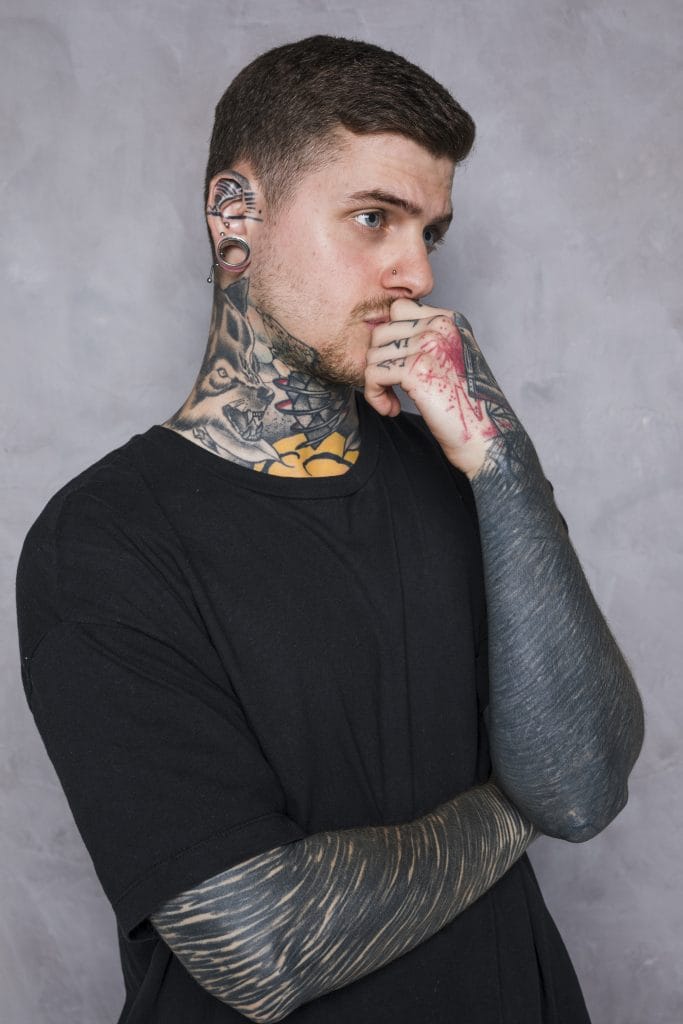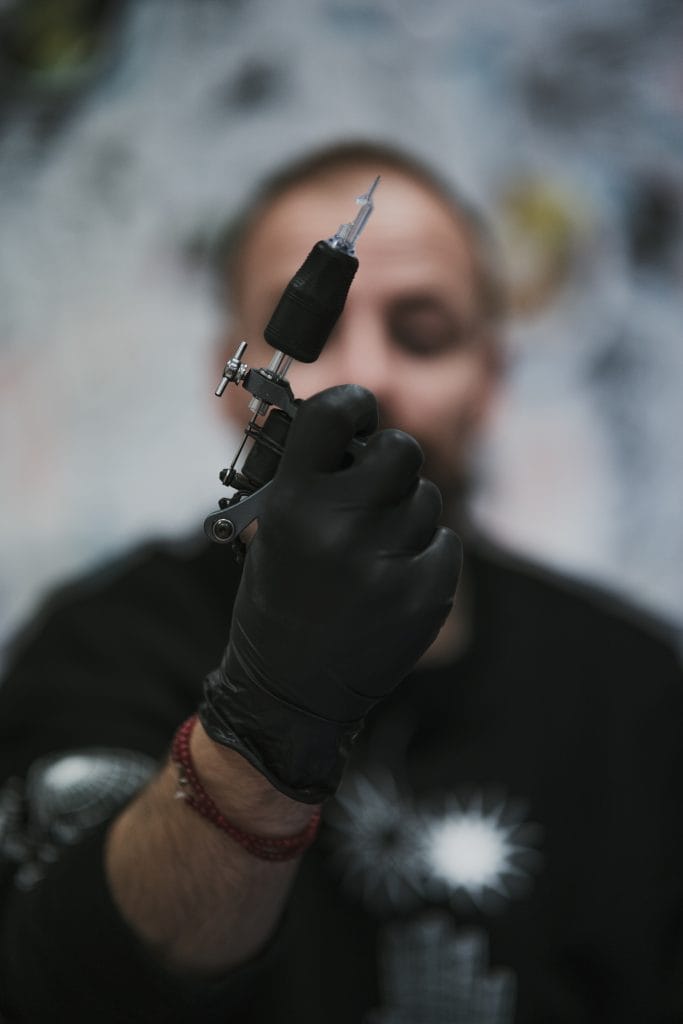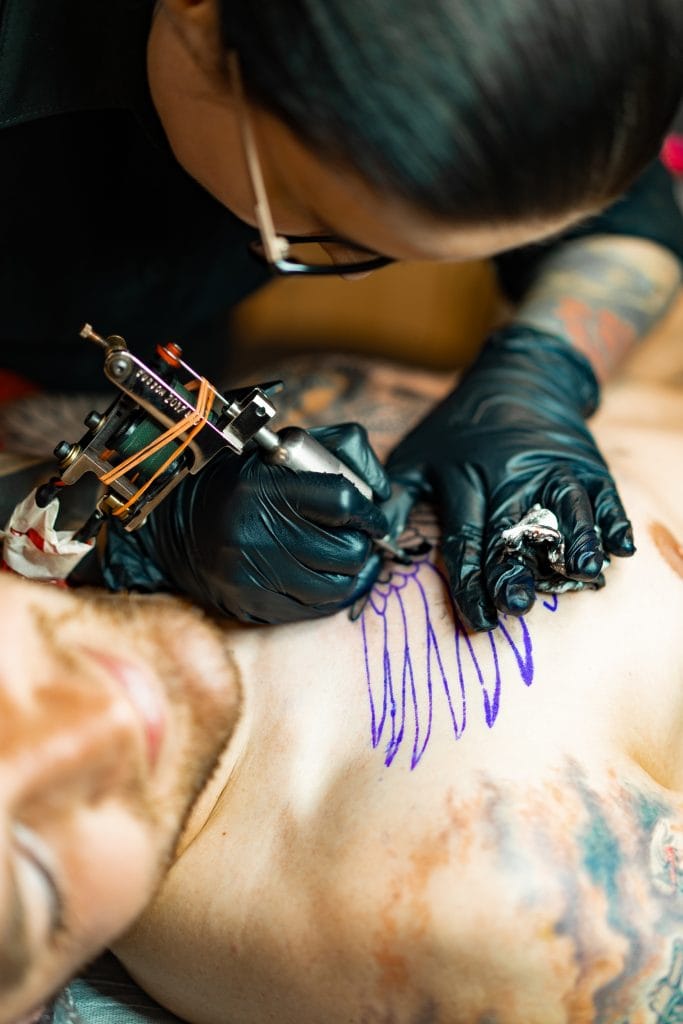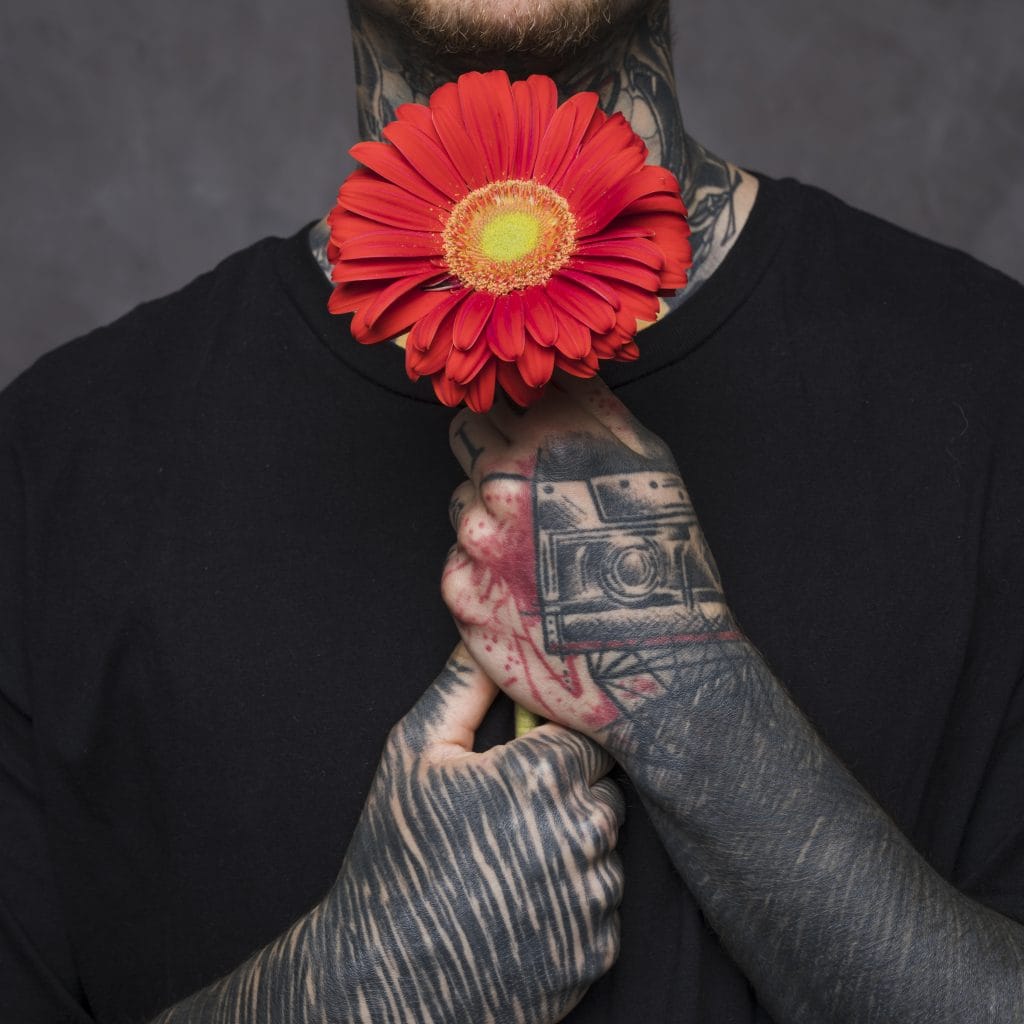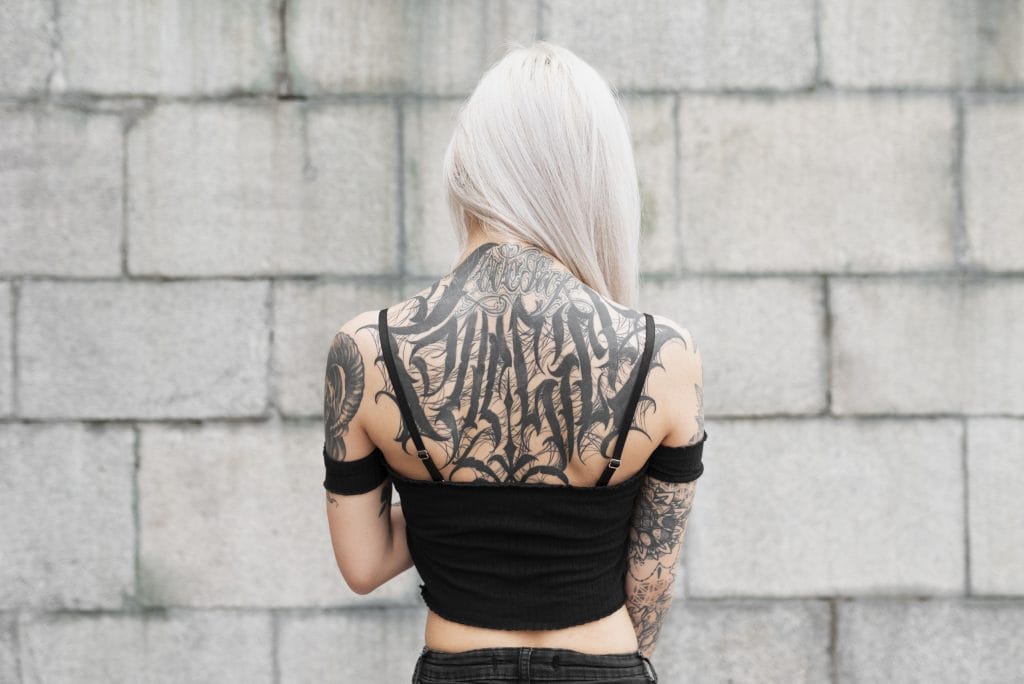Tattoos have a rich and complex history that spans thousands of years, with evidence of their existence found in various cultures around the globe. The earliest known tattoos date back to around 3300 BCE, as seen on the mummified remains of Ötzi the Iceman, who was discovered in the Alps. His body bore 61 tattoos, primarily consisting of simple lines and crosses, which researchers believe may have had therapeutic or spiritual significance.
This early example illustrates that tattoos were not merely decorative but often held deeper meanings related to health, status, or identity. Throughout history, tattoos have been employed for various purposes, from marking social status to serving as rites of passage. In ancient Egypt, tattoos were often associated with fertility and protection, while in Polynesian cultures, intricate tattoo designs signified lineage and personal achievements.
However, misconceptions abound regarding the origins and meanings of tattoos. Many people mistakenly believe that tattoos were primarily a modern phenomenon or that they are solely associated with rebellion or deviance. In reality, tattoos have been an integral part of human expression across diverse societies, each with its own unique customs and beliefs surrounding body art.
Key Takeaways
- The history of tattoos dates back thousands of years and has been practiced in various cultures around the world, debunking the myth that it is a modern trend.
- While tattoo pain varies from person to person, understanding the reality of the experience can help individuals prepare for their tattoo session and manage their expectations.
- Contrary to common misconceptions, tattoo removal is a complex and often lengthy process that may not completely erase the tattoo, dispelling the belief that it is a quick and easy procedure.
- Debunking myths about tattoo health risks is crucial, as accurate information can help individuals make informed decisions about their body art and understand how to properly care for their tattoos.
- Exploring the truth behind common stereotypes about tattoo artists can help break down barriers and misconceptions, highlighting the diverse and skilled professionals in the industry.
Tattoo Pain: Understanding the Reality of the Experience
One of the most common concerns for individuals considering a tattoo is the pain associated with the process. While it is true that getting a tattoo involves some level of discomfort, the experience varies significantly from person to person. Factors such as individual pain tolerance, the location of the tattoo on the body, and the size and intricacy of the design all play a role in how much pain one might experience.
For instance, areas with more flesh and muscle tend to be less painful than those with thin skin or close proximity to bones. Moreover, many people report that the anticipation of pain can be more daunting than the actual experience. The sensation of getting tattooed is often described as a scratching or buzzing feeling rather than outright agony.
Additionally, tattoo artists at Funhouse Tattoo in San Diego are skilled at creating a comfortable environment for their clients, often employing techniques to minimize discomfort during the process. Understanding these nuances can help alleviate fears and misconceptions about tattoo pain, allowing individuals to approach their tattoo journey with greater confidence.
Tattoo Removal: Dispelling Common Misconceptions
As tattoos have gained popularity, so too has the interest in tattoo removal. Many people harbor misconceptions about the removal process, believing it to be a simple or painless procedure. In reality, tattoo removal is a complex process that typically involves laser technology to break down ink particles in the skin.
This method can be effective but often requires multiple sessions and can be accompanied by discomfort similar to that experienced during the initial tattooing process. Another common myth is that all tattoos can be removed completely without any trace. While advancements in laser technology have improved removal outcomes significantly, factors such as ink color, skin type, and tattoo age can influence the effectiveness of removal.
Some colors are more challenging to eliminate than others, and complete removal may not always be possible. Understanding these realities can help individuals make informed decisions about their tattoos and the potential need for removal in the future.
Tattoo Health Risks: Debunking Myths and Providing Accurate Information
When considering a tattoo, it is essential to be aware of potential health risks associated with the procedure. However, many myths circulate regarding these risks, leading to unnecessary fear or misinformation. One prevalent misconception is that tattoos are inherently dangerous or lead to severe health complications.
While there are risks involved, such as allergic reactions or infections, these can be mitigated by choosing a reputable tattoo shop like Funhouse Tattoo in San Diego that adheres to strict hygiene standards. Infections are among the most common concerns associated with tattoos; however, they are largely preventable through proper aftercare and sanitation practices. It is crucial for clients to follow their artist’s aftercare instructions diligently to minimize any risk of infection or complications.
Additionally, individuals with certain medical conditions or skin sensitivities should consult with a healthcare professional before getting a tattoo to ensure they are making a safe choice. By understanding these health risks and taking appropriate precautions, individuals can enjoy their tattoos while minimizing potential issues.
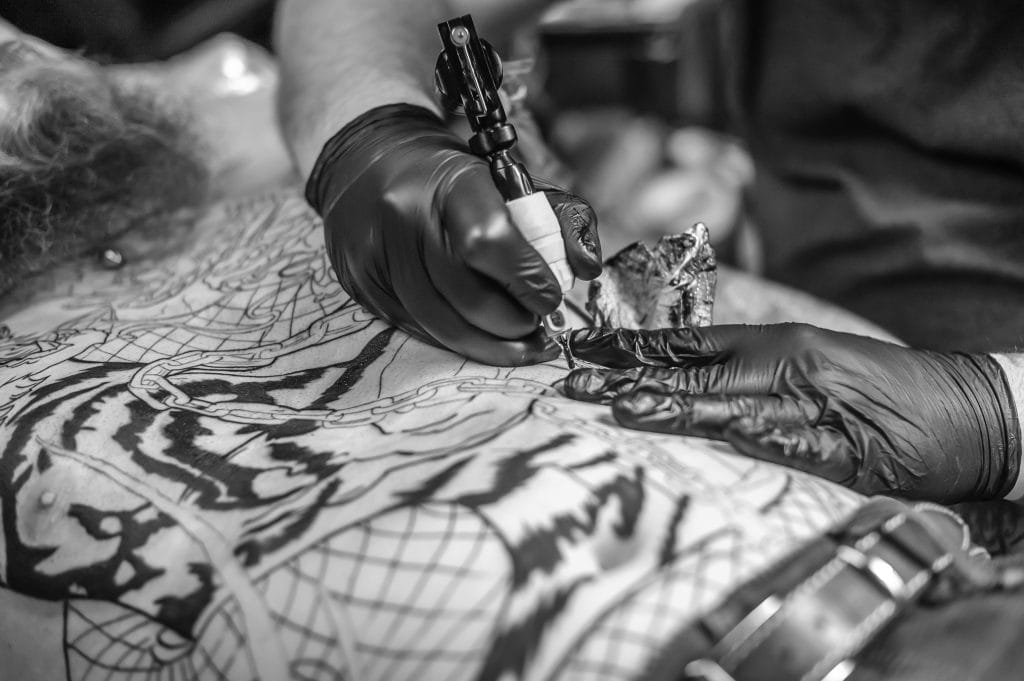
Tattoo Artists: Exploring the Truth Behind Common Stereotypes
Tattoo artists often face stereotypes that paint them in a negative light, perpetuating misconceptions about their profession and lifestyle. Many people assume that tattoo artists are unprofessional or lack formal training; however, this could not be further from the truth. At Funhouse Tattoo in San Diego, artists undergo extensive training and apprenticeships to hone their skills and ensure they provide high-quality work for their clients.
This dedication to their craft reflects a commitment to professionalism and artistry that is often overlooked. Moreover, the stereotype of the “rebellious” tattoo artist does not accurately represent the diverse backgrounds and experiences of those in the industry. Many tattoo artists come from various artistic disciplines and possess formal education in fine arts or design.
This artistic foundation allows them to create unique and meaningful designs tailored to each client’s vision. By recognizing the dedication and talent behind tattoo artistry, individuals can appreciate the skill involved in creating body art rather than relying on outdated stereotypes.
Cultural Appropriation and Tattoos: Addressing Misunderstandings
Respecting Cultural Heritage
At Funhouse Tattoo in San Diego, artists are committed to respecting cultural heritage while providing clients with meaningful designs. They encourage open dialogue about the origins of specific symbols and designs, allowing clients to make informed choices about their tattoos.
Fostering an Environment of Respect
By fostering an environment of respect and understanding, both artists and clients can navigate cultural considerations thoughtfully and ethically. This approach ensures that tattoos are not only visually appealing but also culturally sensitive and respectful.
tattoo aftercare: Separating Fact from Fiction
Aftercare is a crucial aspect of getting a tattoo that is often misunderstood or overlooked. Many people believe that once they leave the tattoo shop, their responsibility ends; however, proper aftercare is essential for ensuring optimal healing and preserving the quality of the artwork. Common myths surrounding aftercare include using products like Vaseline or alcohol-based ointments, which can actually hinder healing rather than promote it.
Instead, reputable tattoo artists recommend using gentle cleansers and specialized aftercare products designed for healing tattoos. Keeping the area clean and moisturized while avoiding excessive sun exposure is vital for preventing complications such as fading or infection. At Funhouse Tattoo in San Diego, artists provide detailed aftercare instructions tailored to each client’s needs, emphasizing the importance of following these guidelines for long-lasting results.
Tattoo Trends: Examining the Truth Behind Popular Beliefs
Tattoo trends come and go, often influenced by cultural shifts, celebrity endorsements, or social media platforms. However, many popular beliefs surrounding these trends can be misleading or oversimplified. For instance, some individuals may assume that certain styles are “outdated” simply because they are no longer trending at a given moment.
In reality, many classic designs maintain their appeal due to their timeless nature and personal significance. Additionally, trends can vary widely across different regions and communities; what may be popular in one area might not resonate elsewhere. At Funhouse Tattoo in San Diego, artists stay attuned to emerging trends while also encouraging clients to choose designs that hold personal meaning rather than simply following fleeting fads.
By focusing on individuality rather than trends alone, clients can create lasting pieces of art that reflect their unique stories and identities. In conclusion, understanding the multifaceted world of tattoos requires separating fact from fiction across various aspects of this art form. From historical significance to health risks and cultural considerations, gaining accurate information empowers individuals to make informed decisions about their body art journey.
At Funhouse Tattoo in San Diego, clients are encouraged to engage in open conversations with artists about their concerns and desires, fostering an environment where creativity and respect thrive together.
